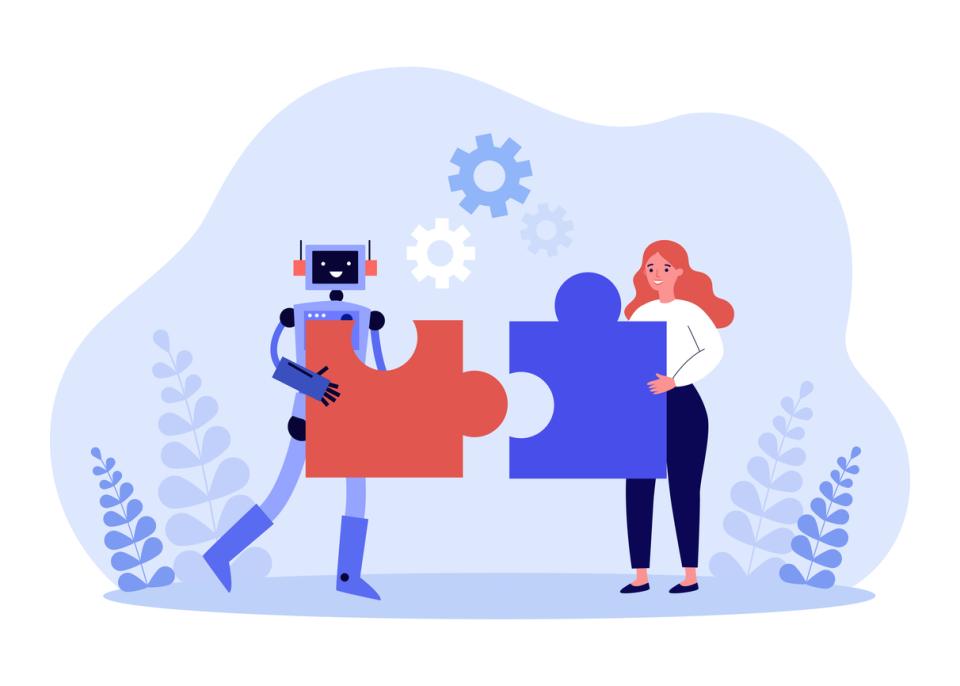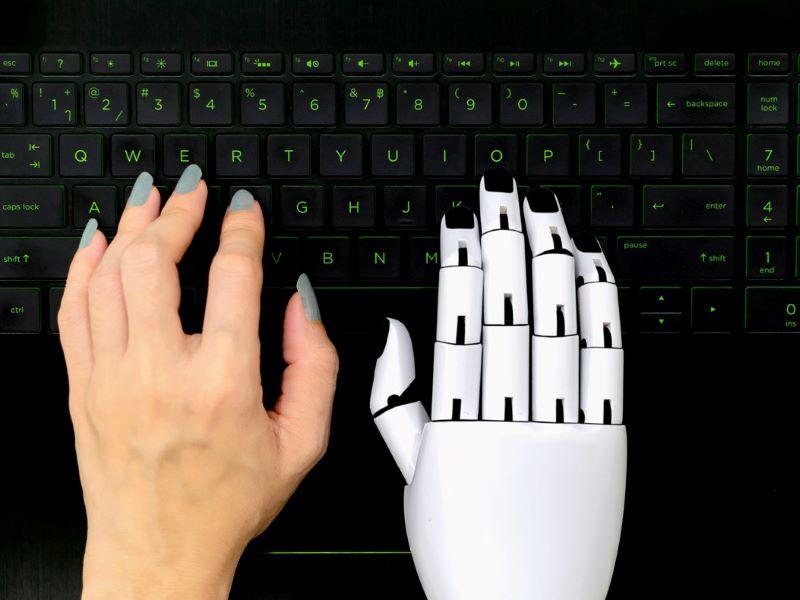While there’s a lot we still don’t know about AI’s place in the classroom, we do know that it’s not going away any time soon. If anything, it’ll only become more integrated and prevalent in higher education. In fact, with Microsoft rolling out its AI companion, Copilot, this month, this technology will soon be available on student computers, regardless of whether their institution provides access.
While some institutions and individuals have imposed policies banning or limiting the use of technology such as ChatGPT, I’ve found that by embracing it and learning how to work with it, artificial intelligence can be a boon in the classroom, both as an interactive learning tool for students and as an instructional aid for teachers.
- Resource collection: AI transformers like ChatGPT are here, so what next?
- ChatGPT as a teaching tool, not a cheating tool
- Practical tips to remember when designing activities utilising ChatGPT
Here are the five roles ChatGPT and AI are playing in my classes this autumn.
As an interactive learning tool for students, AI can serve as:
Teammate
Students can use AI as a teammate to generate ideas or to play devil’s advocate to generate counterpoints and different perspectives. Platforms such as Poe, ChatGPT and Bard can simulate perspective-taking with homogeneous groups of students (of the same age, same major, same gender and so on) and generate counter ideas for discussion and analysis. For example, I programmed a Poe chatbot to politely disagree with everything a student says in 10 sentences or less to provide an opposing viewpoint. It’s important to note that this is not a stand-in for representing lived experiences of truly diverse groups or under-represented populations, but it can push students to think critically and demonstrate empathy. When students in a team have similar backgrounds, AI can help them become aware of different perspectives or ideas because it can feel inauthentic to try to generate those on their own.
Mock audience/role player
It can be challenging for students to assume roles they’ve never held or experienced in real life; they are not necessarily familiar with the factors or details, and they might get hung up on that in class discussions. So to move forward to the more important content in class discussions, AI can stand in for role-playing scenarios. My classes were tasked with taking part in salary negotiations and after initial challenges, I had ChatGPT assume the role of a hiring manager to streamline the task and eliminate confusion. This allowed my students to focus on the role that they needed to play: that of a person negotiating a higher salary.
Peer
There can be a lot of social capital at stake when students have to give feedback to their peers. They might not feel qualified to be giving feedback in the first place, or they might worry about risking relationships if they have strong opinions about something. However, AI can generate feedback and advice without these social risks. Students can input their work and ask the program to help flag specific issues such as structure, wordiness or subheadings.
As an instructional aid for teachers, AI can play the role of:
Process auditor
I like to integrate AI into lesson planning, particularly when trying something new. I ask for feedback before I implement something in the classroom to get a sense of what might be confusing for students, see how directions might be misread, look for bias or estimate how long it might take for an undergraduate to perform a specific task. And while it’s not perfect (AI definitely thinks humans are more efficient than we are), it helps us become aware of possible challenges and blind spots before going into a new lesson and to anticipate how to pivot if necessary. And after a lesson when I have feedback from students, I can input that information and ask how to make changes based on their responses.
Scenario/prompt generator
Professors spend a lot of mental bandwidth trying to come up with relevant prompts and scenarios for students to engage with in class based on the needs of real-world employers. For example, one thing we hear from employers is that they want students to learn how to fail and bounce back, so they develop resilience before they enter the workplace. However, academia has a grade-based system, and we’ve not quite mastered how best to approach this in higher education. So I asked ChatGPT for ideas, and it created a scenario in which students had already failed and were writing to a supervisor explaining the failure and how they planned to respond.
AI’s ability to generate ideas and opportunities for critical thinking in the classroom is invaluable. There’s still a lot of trial and error, and not all of AI’s ideas are good, but that’s where human instructors come in. We take machine output and adapt it for real-world application. No instructional aid or learning tool is without flaws, so if we instead lean into the strengths of AI, we can enhance classroom experiences for both students and teachers.
Carl Follmer is the director of Frank Business Communications Center and adjunct instructor at Tippie College of Business, University of Iowa.
If you would like advice and insight from academics and university staff delivered direct to your inbox each week, sign up for the Campus newsletter.




comment